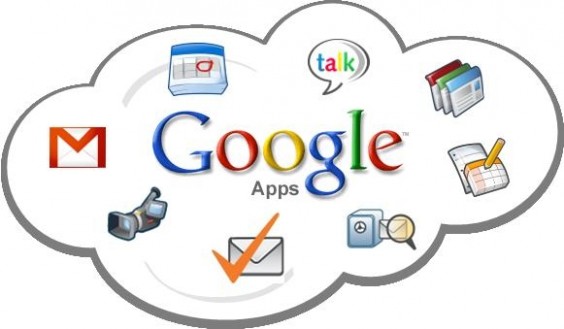Office 365 and Google Apps: Business Has Moved Online And The Pope Is Catholic
Written by Mel // October 8, 2015 // Business, Google News // Comments Off on Office 365 and Google Apps: Business Has Moved Online And The Pope Is Catholic

No one could accuse Microsoft of rushing to get ahead of the curve. Rushing their software possibly but when it comes to exploring new technology they often seem to be waiting back home for a telegram rather than cutting through deepest darkest jungles. It’s unsurprising then really that it’s taken 25 years of iterations of their Office software for them to finally take it out of the desktop and put it into the cloud. To compete with Google Apps for business however they’ve had to shake up not just the software but how you pay for it.
The new browser-based Office 365 comes in a variety of flavors all based around per user/per month subscription charging, with platforms such as FastSpring being used to help manage these subscriptions. For 3.10, the cheapest of all the options, you get access to the browser Office including Word, Powerpoint and Excel plus Onedrive acting as your cloud ‘Hard Drive’ to save all the Office files. The browser software is effectively Office 2013 although with the limitations of online software some of the most advanced features aren’t available like complex macros within Excel. In practice Office 365 works well and without local installation files it’s usually much less taxing on the host system, depending on the browser you use with it. In comparison Google’s cheapest subscription for their business apps is 3.30 but crucially includes a 30GB mailbox which can be customised to your business address rather than using the @gmail suffix. On a side by side test the difference between Word, Powerpoint and Excel against Docs, Slides and Sheets respectively is negligible. Functionality wise they offer the same options for formatting and production but the edge would probably be given to Google Apps for the cleaner interface and less cluttered menus. For long time Office users, however, the interface may be confusing and, speaking from personal experience, it takes some time to adjust to.
Google have kept their pricing simple and the only other tier of service runs at 6.80, again per user/per month. For this you get an unlimited mailbox with the account as well as additional tools for IT departments to monitor users and usage. It’s worth noting that with both levels of Apps you also get included access to Gmail instant messaging and the excellent Google Hangouts. Essentially a video conferencing system Hangouts works with Google Drive to allow collaboration on the same document during a video call between people in completely separate locations. For those in creative industries where liaising with a client on work is vital having that option available is very attractive.
For 7.00 a month Microsoft will allow you to download the desktop version of Office 2013, not available with the basic package, and for 7.80 they’ll include a 50GB mailbox and access to enhanced video conferencing with Skype and Yammer. At all levels of subscription Microsoft also include their collaboration software sharepoint. Essentially an ‘Intranet’ Sharepoint offers document management to restrict or share documents with particular users or groups as well as internal communications. You can use something like this sharepoint migration tool to help with moving or copying data to Office 365. One of the least known but most useful benefits with Office 365 is the Azure Active Directoy. Azure will integrate with a current Microsoft Server Directory to allow Single Sign-On access to thousands of applications. In practice this means a user only needs to log into their machine and they’ll then be able to use software like Office 365 or Salesforce without needing additional sign in. All of these tools combined would make a big impact for any business looking to move into hotseat and remote working. It’s worth noting for the big companies that Microsoft’s pricing only applies up to 300 users. Over this you’ll need the ‘Enterprise’ package. It’s essentially identical to the other packages but prices range from 5.00 to 14.00 per user though it does include additional tools for managing the larger number of users.
Plainly speaking their isn’t much between the two Productivity Suites. The pricing follows much the same sort of curve and the functionality is very similar. Effectively it comes down to what you want for your business. Google Apps is a much cleaner and intuitive experience to use and it’s price points make it ideal for the small business or startup. This is especially true for those wanting solid video conferencing and collaboration tools without cumbersome setup. For those longer established companies Microsoft will feel like the better choice. It’s built to work with what most companies already have in-house but with the additional features that most modern workers need. There’s also a notable transition period and unfamiliarity to Google Apps that will take time to smooth over whereas Office 365 doesn’t bring too many surprises to a business.



